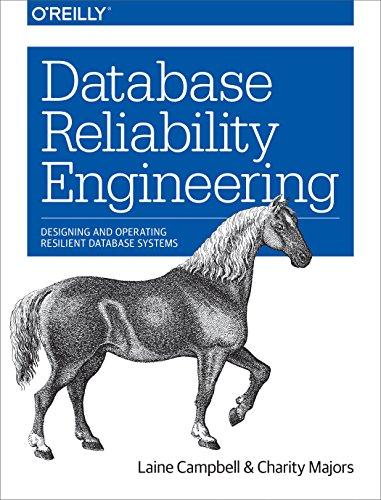Answered step by step
Verified Expert Solution
Question
1 Approved Answer
C++ Create a static implementation of a set. Add the efficiency of each function to the documentation in the header file. Use test_set.cpp as your
C++
Create a static implementation of a set. Add the efficiency of each function to the documentation in the header file. Use test_set.cpp as your test program.
Header:
/************************************ This class models a mathematical set. */ #ifndef _SET_H #define _SET_H #include#include class set { public: typedef int value_type; typedef std::size_t size_type; static const size_type CAPACITY = 30; set(); // postcondition: empty set has been created void insert (const value_type& entry); // precondition: if entry is not in the set, set is not full // postcondition: entry is in the set void remove (const value_type& entry); // postcondition: entry is not in the set size_type size() const; // returned: number of elements in the set bool contains (const value_type& entry) const; // returned: whether entry is in the set friend set set_union (const set& s1, const set& s2); //returned: union of s1 & s2 friend set set_intersection (const set& s1, const set& s2); // returned: intersection of s1 & s2 friend set set_difference (const set& s1, const set& s2); // returned: difference of s1 - s2 friend bool is_subset (const set& s1, const set& s2); // returned: whether s1 is a subset of s2 friend bool operator == (const set& s1, const set& s2); // returned: whether s1 & s2 are equal friend std::ostream& operator << (std::ostream& output, const set& s); // postcondition: s has been displayed on output private: size_type find (const value_type& entry) const; // returned location of entry in the set if entry is in the set - used otherwise value_type data[CAPACITY]; size_type used; }; #endif
---------------------------------------------------------------------------------------------------------------------------------------------------------------------------------------------------------------------
Test:
#include "set.h" #include#include int main () { set s; assert (!s.contains (7)); s.insert (7); assert (s.contains (7)); s.remove (7); assert (!s.contains (7)); set s1; s1.insert (4); s1.insert (5); s1.insert (-24); s1.insert (89); s1.insert (34); s1.insert (11); s1.insert (0); s1.insert (3); s1.insert (14); s1.insert (28); std::cout << s1 << std::endl; set s2; s2.insert (6); s2.insert (-5); s2.insert (-24); s2.insert (-89); s2.insert (34); s2.insert (-11); s2.insert (0); s2.insert (3); std::cout << s2 << std::endl; set s3 = set_union (s1, s2); assert (s3.contains (4)); assert (s3.contains (0)); assert (s3.contains (-5)); std::cout << s3 << std::endl; set s4 = set_intersection (s1, s2); assert (s4.contains (34)); assert (!s4.contains (4)); assert (!s4.contains (-5)); std::cout << s4 << std::endl; set s5 = set_difference (s1, s2); assert (s5.contains (4)); assert (!s5.contains (0)); assert (!s5.contains (-5)); std::cout << s5 << std::endl; assert (is_subset (s5, s1)); std::cout << "all tests passed" << std::endl; return 0; }
Step by Step Solution
There are 3 Steps involved in it
Step: 1

Get Instant Access to Expert-Tailored Solutions
See step-by-step solutions with expert insights and AI powered tools for academic success
Step: 2

Step: 3

Ace Your Homework with AI
Get the answers you need in no time with our AI-driven, step-by-step assistance
Get Started


